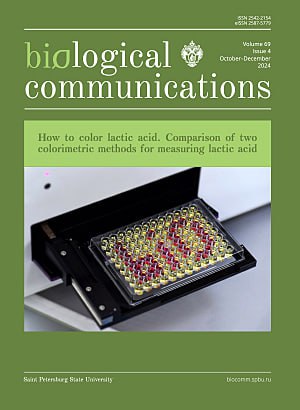The role of stem cell potential in the regeneration of the liver in Cyprinus carpio during postеmbryogenesis
DOI:
https://doi.org/10.21638/spbu03.2024.403Abstract
The polyfunctionality of the liver and the high level of regeneration explain the enormous interest in the study of regeneration mechanisms, which have been largely studied in mammals. At the same time, the study of regeneration mechanisms in lower vertebrates, such as fish, provides important information regarding the conserved mechanisms also present in higher vertebrates. The present study focuses on the role of stem potential in liver regeneration of fish species Cyprinus carpio under physiological normal conditions during postembryogenesis. From the first to the third year of postembryogenesis, a significant decrease in the number of haematopoietic stem CD34+CD45+ cells (haematopoietic progenitor cell population) was detected, whereas the number of CD34+CD45– cells (haemangioblast population) remains relatively constant. From the first to the third year of postembryogenesis, the number of intrahepatic stem cell precursors CK19+ cells (intrahepatic progenitor cells) increases.
Keywords:
oval cells, liver progenitor cells, regeneration, fish, postembryogenesis, stem cells, immunophenotyping, immunohistochemistry, hepatocyte, hepatic acinus
Downloads
References
Downloads
Published
How to Cite
License
Articles of Biological Communications are open access distributed under the terms of the License Agreement with Saint Petersburg State University, which permits to the authors unrestricted distribution and self-archiving free of charge.





